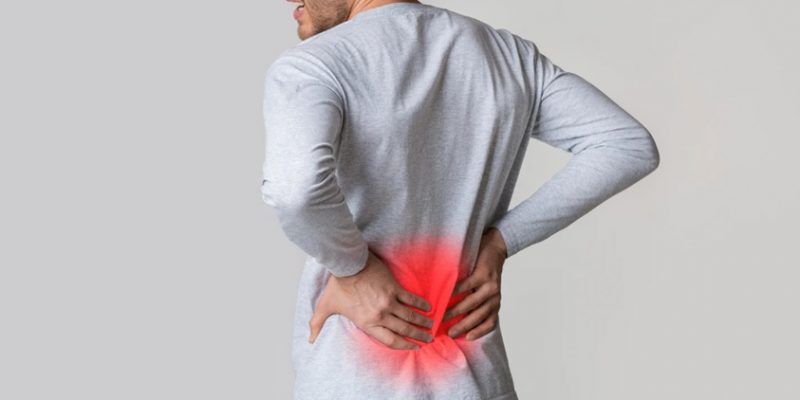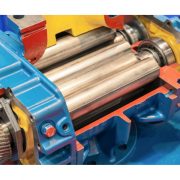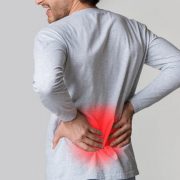Chronic back pain, sciatica, and spinal disc injuries can severely limit your ability to function and enjoy life. As medical technology advances, more people are turning to non-invasive solutions for lasting relief. One increasingly trusted option is the decompression therapy machine, designed to alleviate pressure on spinal discs and promote healing in a controlled, professional setting.
When administered by trained professionals, decompression therapy offers a safe, customized approach to managing pain, restoring mobility, and improving long-term spinal health.
How Decompression Therapy Supports Spinal Health
The spine absorbs pressure from daily movements, poor posture, and injuries. Over time, this pressure can cause disc bulges, nerve compression, and joint stiffness. Decompression therapy machines gently stretch the spine, relieving pressure on the affected discs and increasing the flow of nutrients, oxygen, and hydration to the area.
Many patients experience a reduction in pain after just a few sessions. The therapy is tailored to each person’s needs, with adjustable angles and tension that target specific spinal segments. Understanding how decompression therapy machines can help the spine reveals the broader impact of this treatment. Not only does it reduce inflammation, but it also promotes disc retraction and encourages natural healing.
Ideal for a Range of Conditions
Decompression therapy is not limited to one type of patient. It has shown significant benefits for individuals with herniated discs, degenerative disc disease, and spinal stenosis. In addition, it plays a growing role in recovery from sports-related back injuries.
Insights into whether decompression therapy machines aid in treating sports-related back injuries suggest that athletes and active individuals benefit significantly from reduced downtime and accelerated healing. The ability to relieve pain without medication or surgery makes this therapy especially valuable for maintaining peak physical condition.
This versatility makes decompression machines an effective part of treatment for people of various ages, activity levels, and spinal concerns.
What Makes This Therapy Effective?
The effectiveness of decompression therapy lies in its controlled delivery. Unlike manual stretching or unregulated techniques, the machine allows for precise decompression at targeted vertebral levels. A professional application ensures that the body is safely aligned and supported during treatment.
Additionally, decompression sessions are typically brief, painless, and require no recovery time. Many patients can return to their daily routines immediately after treatment, making it an accessible option for those with busy schedules.
Over time, regular therapy sessions can support better posture, reduce the likelihood of recurring injury, and enhance overall spine stability.
Conclusion
Professionally guided use of a decompression therapy machine offers a proven path to pain relief and spinal recovery. Whether you’re struggling with chronic disc conditions or recovering from physical strain, decompression therapy provides a non-invasive, customizable solution with long-term benefits.
As more people seek alternatives to surgery and medication, these machines continue to demonstrate their value in clinical environments.
With proper evaluation and consistent care, decompression therapy can be the key to restoring comfort, movement, and quality of life safely and effectively.













Comments